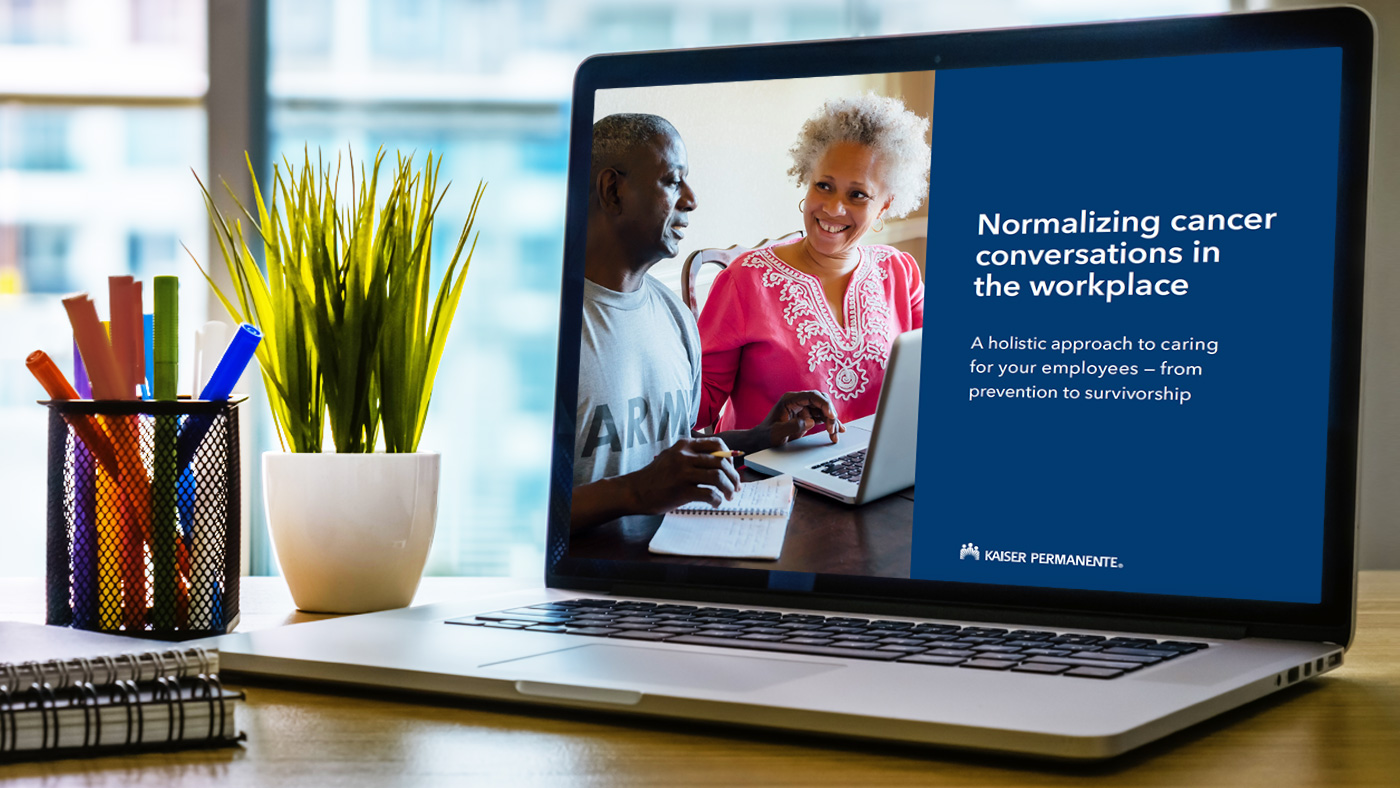
In the United States, 1 in 2 men and 1 in 3 women will get cancer during their lifetime.1 Fortunately, today’s treatments are better than ever, and more people with cancer survive and live longer. The nation’s population of cancer survivors now exceeds 18 million — and a third of them are working age.2
But people who want to work while dealing with cancer can experience a negative impact on their employment and income.3 When your business has an employee with cancer or returning to work after cancer treatment, you can support their changing needs at work so they can prioritize their health while maintaining their financial stability.





